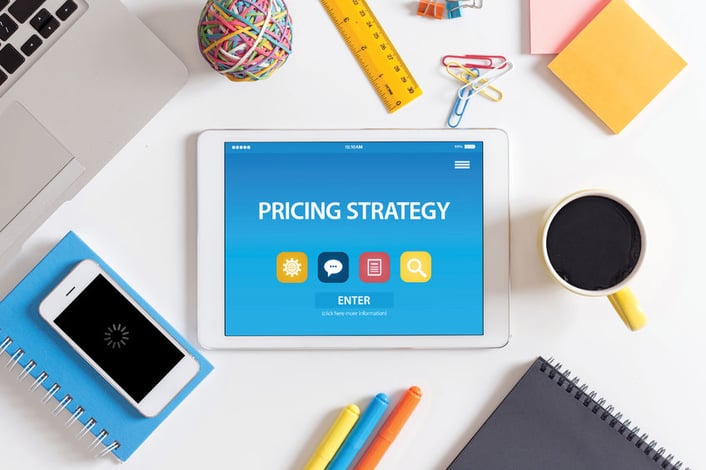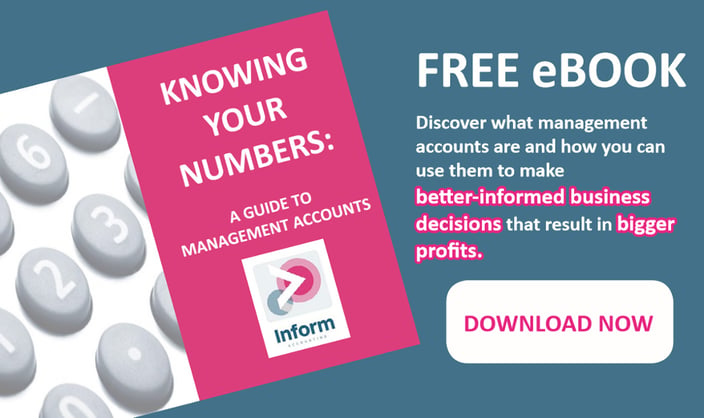BLOG
Pricing stories of small businesses

Times were tough, so John decided he had to drop his prices below his competitors. The results seemed gratifying. Business picked up quickly and when John looked round his shop he could see his sales staff were always busy with customers.
Then came the call from his accountant. “Aren’t the sales figures great?” said John, getting his bit in first. ‘Yes”, said the accountant, “impressive sales indeed. That’s the good news. The bad news is that the business has actually lost money over the last quarter.”
This was how John learnt that trading for sales and trading for profit can be two different things. Chasing sales revenue is fine, provided your prices give you a sustainable profit. John hadn’t checked his costs for some time – so the unwelcome news from the accountant came as a shock.
Sue’s PR and media consultancy start-up was struggling to gain some traction in the market. She was promoting a charge-out rate 20% below the industry average, explaining her overheads were lower than larger companies. But clients were just not biting.
The turning point came after advice from her mentor. “You’re selling yourself short, Sue,” said the mentor. “With your qualifications and experience in large media companies you should be charging at least as much as other businesses do – if not more. I understand your marketing strategy, but I don’t think clients see it that way. They are more likely to interpret lower costs as lower value and lower quality. In your industry confidence goes a long way, so you shouldn’t be afraid of marketing yourself at a price that reflects your expertise and experience.”
The service side of Alan’s computer store was doing reasonably well, but the computers, laptops and tablets he offered were mostly gathering dust. He tried to price as closely as possible as the big shed competitors, but that meant there was hardly any margin in each sale.
After a brainstorming session with his advisers, Alan realised it was pointless trying to compete head on with larger competitors who had far more buying power. Alan knew that many of his customers were small business owners so he decided to reposition his business as a one-stop niche store for small businesses and start-ups.
His new point of difference was to offer a comprehensive service package to small businesses that bought his computing gear. The package focused on solving their main pain points, such as setting up new computers, laptops and tablets and networking them effectively; transferring data from previous machines; and setting up the systems, databases and accounting programs they needed to operate efficiently.
Alan still makes relatively small margins on the actual computing hardware, but has enhanced his profit margin considerably by selling his ‘total solution package’ of added services and service contracts.
These business stories all show how pricing can be crucial to your success. You must know all your costs to price appropriately and you must know what competitors are charging, without blindly trying to follow them as they may have different cost structures.
It also helps to remember that there’s more profit at the top end of the market, so if price proves a stumbling block, look for innovative ways to add value through compelling points of difference.
A final lesson is that discounting seldom works for smaller businesses. Sacrificing profit margins for sales means you need high sales volumes while bigger businesses can undercut your prices even more in a price war – resulting in a race to the bottom.
Need help with your small business pricing? Give us a call at Inform today and talk to us about our Business Advisory Service.
Read more of Inform's tax blogs:
Tips for managing debtors when you're self-employed
Planning your business goals for a new financial year
Avoid these 5 costly accounting mistakes
Auto Enrolment: What happens if I don't comply or I'm late complying




.jpg?width=1500&height=1000&name=amy-hirschi-K0c8ko3e6AA-unsplash-(5).jpg)

